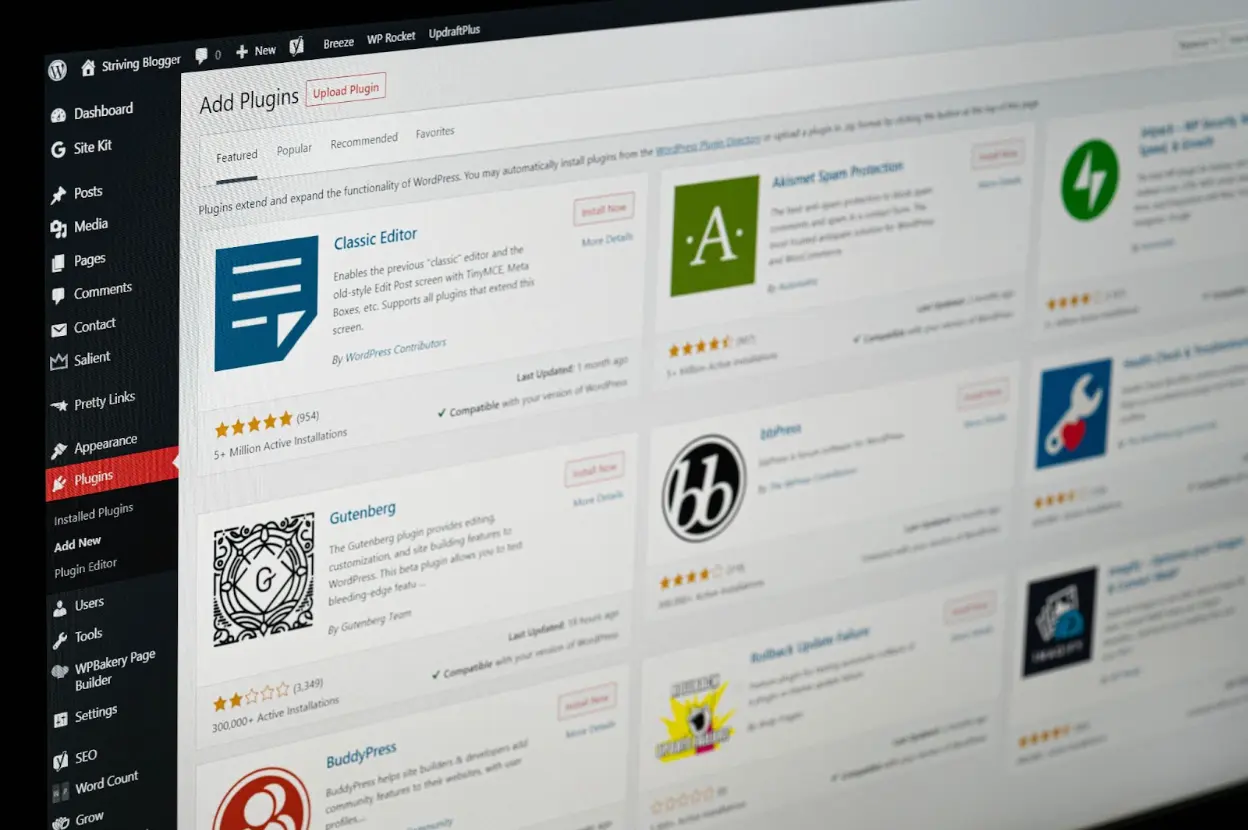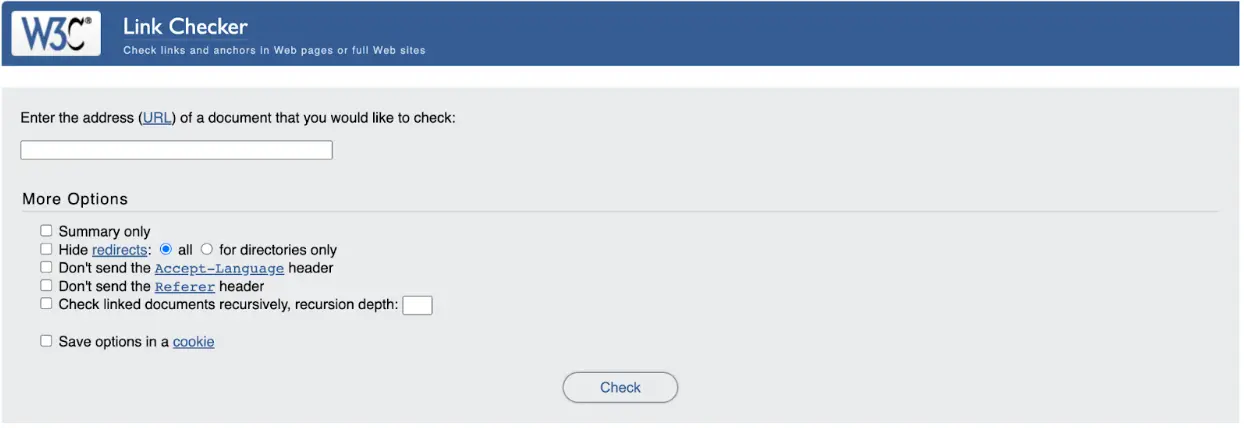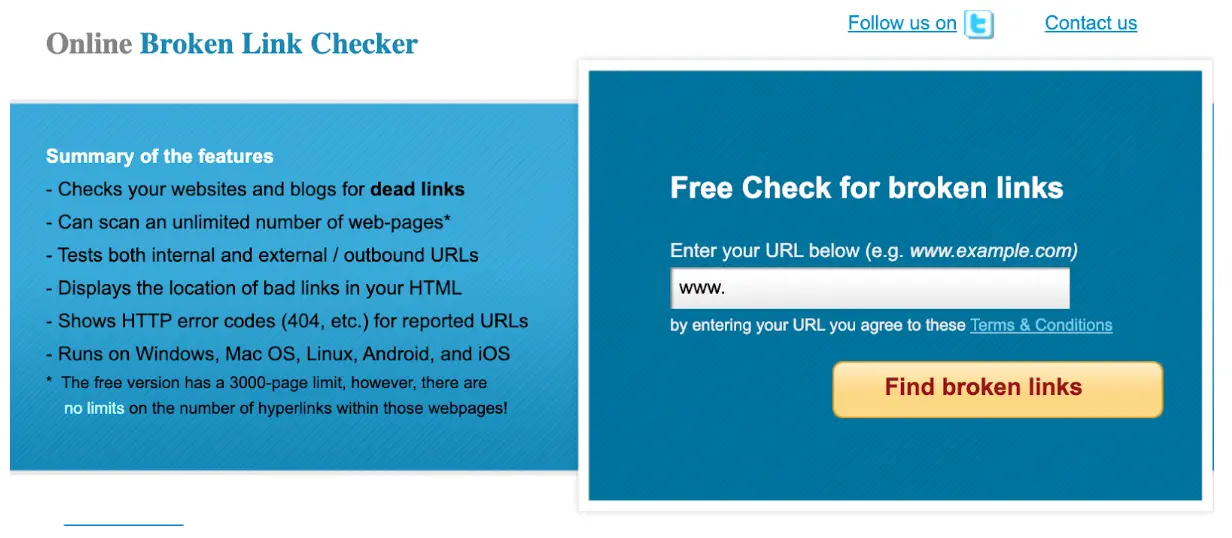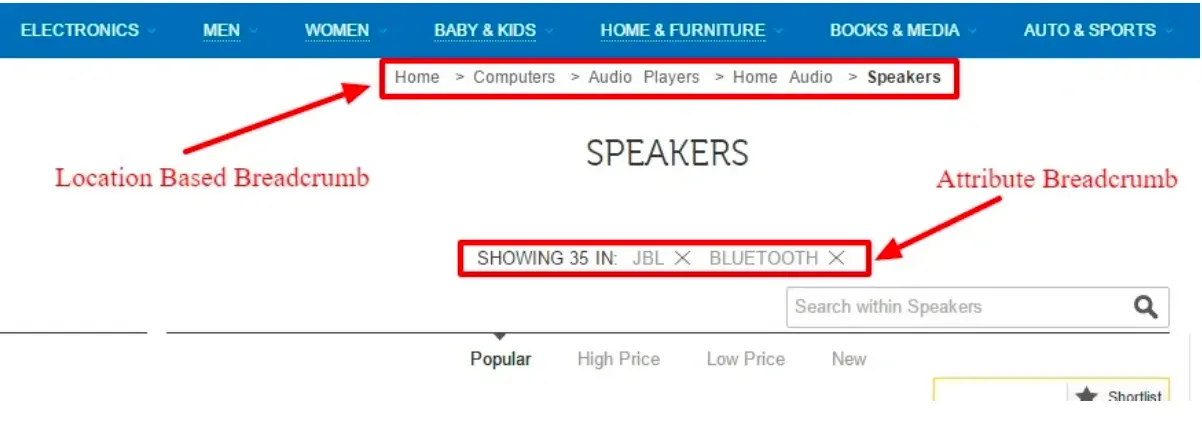There are over 1 billion websites live on the Internet right now. And, each minute, 175 brand-new websites are born. Of these, 43.1% of websites across the globe run on WordPress.
This massive competition requires your website to stand out. And this means you must increase your organic traffic of your WordPress site.
It can help boost a website's visibility, increase website rankings in search engines, and improve the overall user experience.
Content plays a significant role in driving organic traffic to your website. More quality authors can work in tandem to churn top-notch content consistently.
Leveraging collaborative publishing in WordPress can help editors and authors work in real-time to publish content.
Regular publishing will keep users returning to your site to read your content. But optimizing the WordPress website requires optimizing the WordPress website.
An optimized WordPress website is robust, helping businesses drive more traffic through enhanced performance, security, and usability.
Such an approach leads to better meeting customers' needs, making their website more attractive to potential customers.
Read on to explore the top five ways to optimize your WordPress website that help drive more traffic.
Best Ways to Optimize a WordPress Website
- Offer quality content
- Utilize SEO plugins and tools
- Prioritize for a mobile experience
- Avoid broken links
- Breadcrumbs navigation
Of the over 1 billion active websites, 200,121,724 are WordPress websites, making it one of the most sought-after Content Management Systems (CMS).
The ease of use and access to thousands of free and paid plugins has made WordPress a go-to choice for website owners who want to get up and running quickly.
No matter how seamless the platform looks, WordPress can still be tricky to optimize your website for fast organic growth.
Your website’s speed, use of plugins, mobile-friendliness, navigation, and link structure can play a significant role. Let’s find out how to optimize those to maximize your organic reach and grow your traffic.
1. Offer quality content

Source: Nick Morrison on Unsplash
Quality content is an essential factor that drives organic traffic to your WordPress website. It is an asset that helps attract search engine users, establishes your website authority(DA/PA), increases user engagement, and improves SERP.
Creating quality content often requires multiple authors to contribute simultaneously to the same or various pieces of content.
Some may edit, provide feedback, or fine-tune the text to enhance the quality. Authors often need collaborative editing to contribute, edit, and publish on WordPress.
Search relevant keywords and incorporate them into your content. Implement a remarkably effective content curation strategy that helps cultivate relationships, build authority, and gain influence if needed.
Blending content curation with quality publishing improves your website’s organic search engine rankings.
Also, ensure organizing content in a way that is easy to read and navigate, including multimedia such as videos and images in your blog posts.
2. Utilize SEO plugins & tools

Source: Justin Morgan on Unsplash
Any website owner looking to optimize their WordPress site for organic traffic should consider leveraging keyword research and SEO performance reports.
Read more on WordPress SEO audit
Give yourself an edge when finding the right keywords and phrases for each page on your site.
Consider using a plugin like Yoast SEO or All in One SEO Pack that provides comprehensive keyword suggestions based on best practices for search engine optimization.
These plugins will save time in creating optimized titles and descriptions for each page on your site.
Key plugins that can optimize websites —
Yoast SEO plugin:
A Yoast SEO plugin is a comprehensive WordPress SEO solution that helps optimize your website for better search engine performance.
Utilize 301 redirects:
A 301 redirects plugin is essential for web admins looking to maintain their website's authority in search engine rankings.
With 301 redirects, it is easy to notify search engines whenever URLs or web pages have been changed. It will send organic visitors to the new pages and help maintain your site's SEO score.
Install an SEO analyzer:
Plenty of SEO analyzer tools scan your website and give insights into how optimized it is for search engines.
It will help you identify any issues that need addressing and areas where you can improve your organic traffic growth potential.
3. Prioritize for a mobile experience
Over 60% of users access WordPress websites through their mobile devices. Therefore, mobile compatibility ensures your site’s pages rank well in Google’s mobile-first indexing system.
Also, your website must look good on smaller and larger screens (including different mobile devices and tablets).

Leverage a range of responsive themes and mobile-friendly plugin tools like WP Touch and Mobile Detect to optimize your WordPress website for mobile devices.
Such plugins will automatically detect whether a user is visiting the site from a desktop or smartphone, ensuring they always have the best viewing experience.
Other ways to implement mobile optimization for WordPress —
Mobile-optimized theme:
Go for a theme designed for mobile devices, such as a responsive or mobile-specific theme. It ensures that your website looks perfect, regardless of the device used to access it.
Image optimization:
Compress and optimize your images for faster loading times using plugins like WP Smush and EWWW Image Optimizer.
Also, you can use our POWR Media Gallery to build a professional photo or video gallery that includes alt text in your images without needing to code.
Enable browser caching:
Browser caching stores static assets in the user’s browser, negating the need to download them whenever they visit your website. It speeds up loading times and improves user experience.
Depending on what browser you use, caching mechanisms may vary. If the choice is going to be between Brave and Firefox, make sure to learn the difference between Brave and Firefox to determine which browser offers better caching mechanisms for optimizing website performance.
Code optimization:
Use minification and GZIP compression to shrink the code size, thereby speeding up loading times.
Implement AMP (Accelerated Mobile Pages):
AMP uses unique HTML tags and JavaScript components to create pages that load faster on mobile devices without affecting your website's quality or design elements.
Try lazy loading:
Lazy loading only loads content when visitors scroll down the page. It enhances the page speed by reducing unnecessary server HTTP requests for content visitors not to view.
4. Avoid broken links
You may have an intuitive site design and quality content, but if visitors encounter broken links when navigating through your WordPress site pages, they’ll likely leave quickly.
It can hurt both user engagement rates, negatively affecting SEO performance. Ensure negating issues related to broken by regularly checking all links found within posts/pages/menus etc.
Use the following to find and fix broken links –
W3C Link Checker:
You may also analyze your site for broken links using W3C Link Checker, a free and straightforward application.
Just paste the URL of the file you want to check and hit the Verify button.
Broken Link Checker:
Use the Broken Link Checker plugin to automatically check for and report broken links on your site.
Use it to find and remove broken links from your posts, pages, and RSS feed.
5. Breadcrumbs navigation
Ensuring breadcrumbs navigation is another technical hack to enhance the user experience on a website. It helps navigate the website easily by quickly jumping back to previous pages or clicking links that lead to related content.
Leverage breadcrumbs navigation to present visitors with content based on their location within the site.
For instance, if you find a blog post under a ‘Digital Marketing' category, then the breadcrumbs navigation should be represented as such - Home > Digital Marketing > Blog Post.
Such structured navigation provides an efficient overview of where the user is on the website, helping them explore content intuitively.
Moreover, Breadcrumbs provides more in-depth information about your website's content in the SERPs. It lets visitors quickly see a page's context before clicking on it.
There are a few must-have WordPress plugins to quickly implement such types of navigation on their automotive websites, such as Yoast and Breadcrumb NavXT.
Such Breadcrumbs navigation that helps users locate the content they seek boosts your website's organic traffic.
Conclusion
Optimize the WordPress website to grow organic traffic growth. Begin to leverage plugins, enhance the content, optimize for mobile, and other factors, as mentioned above.
This approach helps website owners ensure their WordPress website is optimized for speed, security, and SEO, making it more attractive to visitors and search engines.





